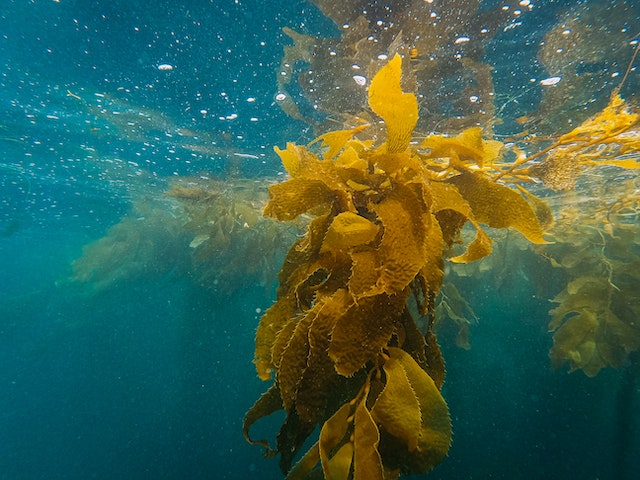Ravenous sea urchins that are destroying kelp forests will be turned into farm fertiliser under a plan that will also boost some of Australia’s most valuable fisheries.
In some parts of the Great Southern Reef, which wraps around the bottom half of country, herds of the long-spined creatures have stripped once healthy kelp forests back to bare rock.
The result is a kind of dead zone where there are millions of urchins but almost no other marine life including prized rock lobsters and abalone.
It’s estimated these dead zones, called barrens, now cover about half of near-shore rocky reefs along NSW central and south coasts, and are also causing problems in Victoria and Tasmania.
But a new trial, backed by WWF-Australia, is about to begin in southern NSW that promises big wins for the environment and for industry.
Urchins will be harvested from barrens and their exoskeletons crushed into a fertiliser that’s beneficial for crops including sunflowers and tomatoes.
Professor Adriana Verges, from the University of NSW, says removing most but not all of the urchins from barrens will have enormous flow-on benefits.
As kelp forests recover, the much smaller number of urchins left behind will no longer be malnourished and will start producing good quality, saleable roe.
The return of the kelp will also help rock lobsters and abalone and boost the many other life forms that rely on the underwater forests.
“The idea is not to go from urchin barren to kelp forest,” Prof Verges says.
“The idea is to go from urchin barren to a mosaic of habits that has both urchins and kelp in a way that maximises the biodiversity of kelp forests but also the quality of the urchin as a fishery product.”
Emeritus Professor Peter Steinberg, also from UNSW, says getting that mosaic right will be the secret to creating a self-sustaining solution.
“We want to have a mosaic of places where there’s still a fair number of urchins which can be harvested, but also kelp forests where we’ve taken out most of the urchins, so they can regrow,” he says.
“The dynamic between the urchins and the kelp forest is such that if we can get that mosaic right, then it will continue into perpetuity.”
Prof Steinberg says the most exciting part of the trial is that if all goes well, it’s the kind of solution that can be deployed at scale.
“We are losing kelp forests globally. To respond to that we have to do things at the scale of that challenge.
“This is a first step, but if it works it can be rolled out across hundreds if not thousands of kilometres of coast in Australia, and elsewhere.”
Long-spined sea urchins are native to Australia and scientists believe historical overfishing of predators, including rock lobsters and blue gropers, may be driving the population boom that’s had dire outcomes for kelp forests.
The pilot project has the financial backing of WWF’s Innovate to Regenerate program, which supports the development of experimental, regenerative work.
Tracey Ferrier
(Australian Associated Press)





